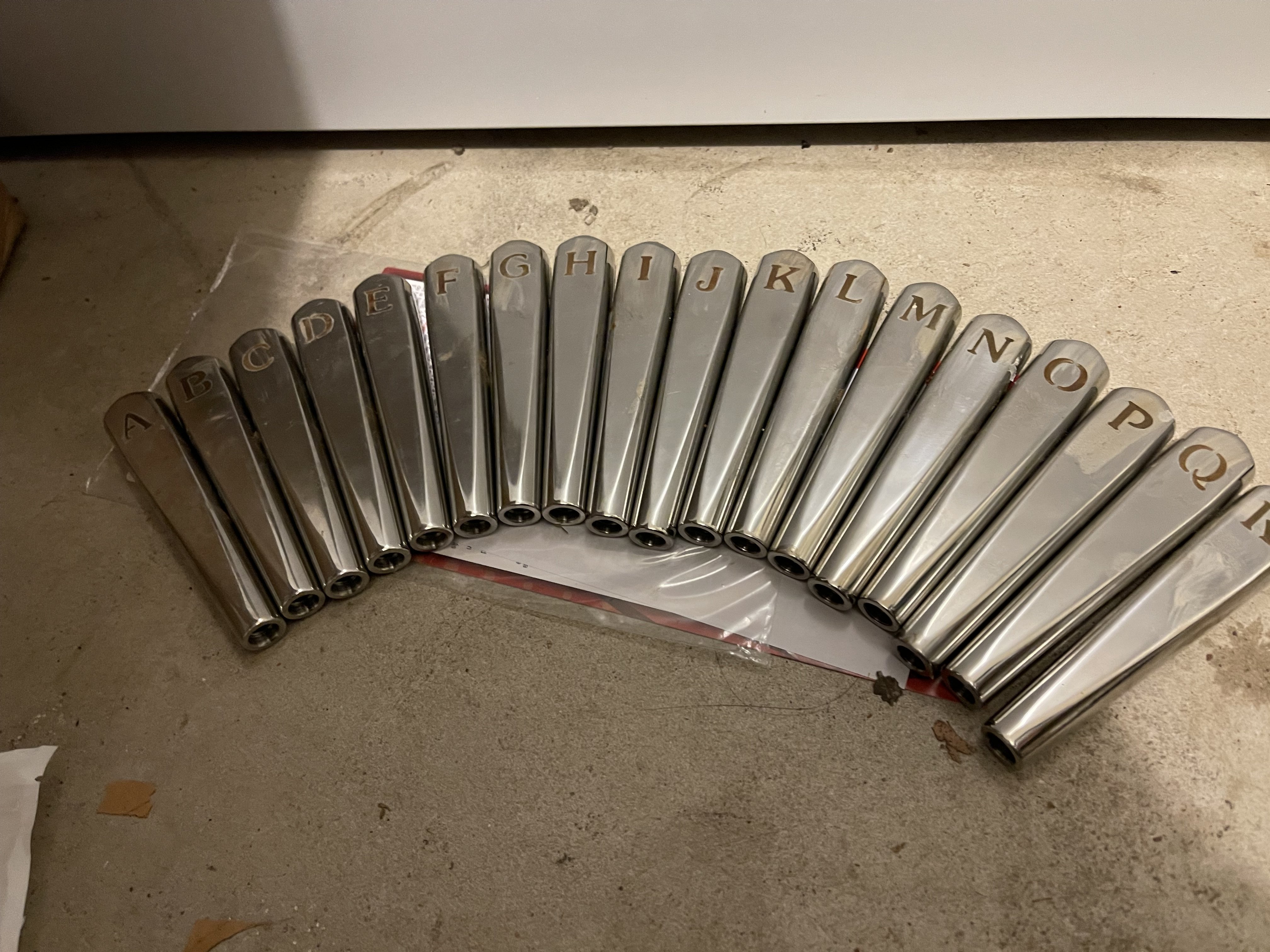If it tastes good and you like it, then I would say you have been successful. Looks good to me. Rock On!!!!!!!!Good observation, haha!
I do love this hobby and I am proud of the beer I make!
P.S. It tastes goooodView attachment 852669View attachment 852670
You are using an out of date browser. It may not display this or other websites correctly.
You should upgrade or use an alternative browser.
You should upgrade or use an alternative browser.
Very frustrating 3rd and 4th brews! How to recover?
- Thread starter Takeshi_pilis
- Start date

Help Support Homebrew Talk:
This site may earn a commission from merchant affiliate
links, including eBay, Amazon, and others.
I have not tried the cool naturally part yet. I might have to though my next brew day as I am bottling a batch and brewing another to try and reuse the yeast I have in the first batch. This will be a first for me, so we will see. I like your method, looks good to me.my way -start with 32 litres water, add half a crushed campden tablet, stir well, leave 30 minutes, add AMS, leave 30 minutes , fit BIAB to FV,heat to 72 deg C, add 9 lb PM, 1.5 lb light crystal, .75 lb torrified wheat, heat to 68 deg C, insulate, wait for 1 hour, drain, boil 15 mins with no hops then add hops for 15,10,5 and 2mins, cool naturally for 2 hours then use water bath to cool to 21 deg C, pitch hydrated SO4 yeast to final 22 litre volume. Leave 5 to 7 days, then bottle. No idea what efficiency is. OG 11 brix and FG 5.6 brix. Start drinking after 7 days. Ice cubes in glass if ambient temp is above 15 deg c, or chill in fridge 2 hours (requires pre-planning and memory and legs)
Old picture of the tap handles for one of my keezers:No need for acid! Salt water will do the trick. Use a 9V battery for the simplest set-up. Connect one terminal to the pot (or whatever you’re etching), and the other to a length of stripped wire. Wrap the wire around the q-tip a few times, dunk it in the salt water, and use like a paintbrush. Masking tape will help keep sharp lines. (If nothing happens, switch the leads.)
This will etch (remove metal), but not create a highly visible line. To blacken stainless you can do the same thing, but use a 9-volt AC power supply. Most of the little wall-wart plug-in transformers you get with commercial electronics are DC, but if you look (especially with electronic components suppliers) you can find the AC ones. Of course, never get your AC straight from the wall; a transformer is absolutely necessary.

Just as a side note, I just finished a Blonde Ale and will be bottling today. My final numbers were: OG est 1.045 actual was 1.043 FG est 1.009 actual 1.005. Early brewing days I would have been a bit disappointed, but today, heck, it is beer and it tasted pretty good with no carb and not very cold. Will I drink it? Heck yea I will. Will I make slight adjustments next time? Maybe, but if it came out ok and I am happy with the flavor, then probably not. Minor differences could mean so much that to me, it isn't worth chasing it for 2 to 4 points. Point being, don't sweat the small stuff.
- Joined
- May 30, 2019
- Messages
- 97
- Reaction score
- 246
Everything from boil off rate, to grain crush, to temp differences during the mash, to different harvests of grain can cause variances in efficiency. You might have two brew days with the only difference being one day you had a vigorous boil while the next you just had a gentle rolling boil and still come out with different gravity readings.
My suggestion, if you want to get as close to perfect as you can, is to brew the same recipe with the same process over and over until you can accurately nail your numbers. Not as exciting as brewing new fun stuff, but you’re more likely to get things dialed in that way.
If you would rather enjoy the creative process, then take the numbers for informational purposes and don’t take them too seriously. If you and the people you share your beer with enjoy it then that is what is important.
My suggestion, if you want to get as close to perfect as you can, is to brew the same recipe with the same process over and over until you can accurately nail your numbers. Not as exciting as brewing new fun stuff, but you’re more likely to get things dialed in that way.
If you would rather enjoy the creative process, then take the numbers for informational purposes and don’t take them too seriously. If you and the people you share your beer with enjoy it then that is what is important.
Similar threads
- Replies
- 45
- Views
- 3K
- Replies
- 4
- Views
- 2K

